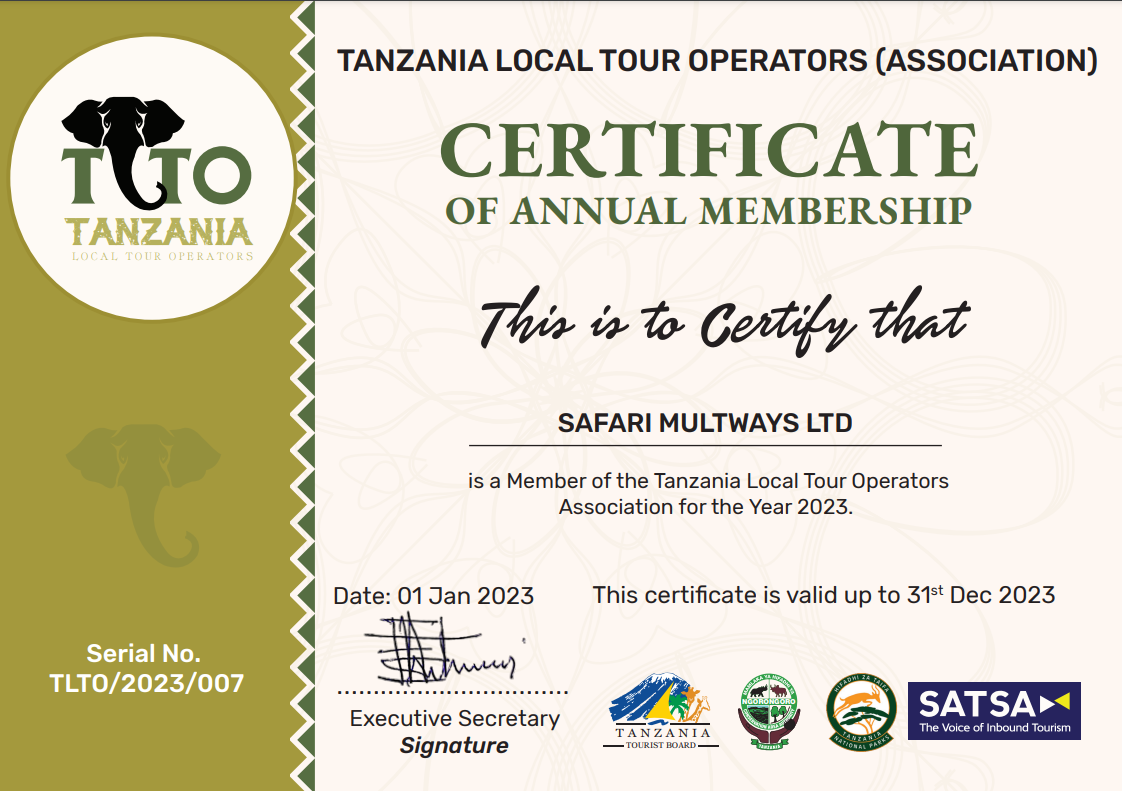Unlocking the Myth: Is Kilimanjaro Safe for Adventurers?
The Truth Unveiled:
For many adventurers, the idea of conquering Mount Kilimanjaro is a dream come true. Standing at 19,341 feet above sea level, this majestic peak in Tanzania is the highest freestanding mountain in the world. But with great heights come great risks, and the safety of climbers on Kilimanjaro has been a topic of debate for years. So, is Kilimanjaro truly safe for adventurers?
Daring to Scale Kilimanjaro?
Before embarking on any adventure, it is crucial to assess the risks involved. Kilimanjaro, while not a technical climb, presents its own set of challenges. One of the main concerns for climbers is altitude sickness. As you ascend to higher altitudes, the air becomes thinner, making it harder for your body to absorb oxygen. This can lead to symptoms such as headaches, dizziness, nausea, and fatigue. In severe cases, altitude sickness can be life-threatening.
However, with proper acclimatization and a gradual ascent, the risk of altitude sickness can be minimized. Most reputable tour operators offer well-planned itineraries that allow climbers to acclimatize slowly, increasing their chances of reaching the summit safely.
Another concern for climbers on Kilimanjaro is the unpredictable weather. The mountain is known for its extreme weather conditions, which can change rapidly. Sudden rain, snow, or high winds can make the climb more challenging and dangerous. It is essential for climbers to be prepared for all types of weather and to listen to the advice of their guides.
In addition to altitude sickness and weather conditions, climbers should also be aware of the physical demands of climbing Kilimanjaro. The trek to the summit is long and strenuous, requiring a good level of fitness and endurance. Climbers should be prepared for long days of walking, carrying a heavy backpack, and sleeping in basic accommodations.
Despite these risks, it is important to note that thousands of climbers successfully summit Kilimanjaro each year. With the right preparation, experienced guides, and a positive attitude, the vast majority of climbers reach the top safely and return home with a sense of accomplishment and wonder.
In conclusion, Kilimanjaro is a challenging but rewarding adventure for those who are prepared and willing to take on the risks. By choosing a reputable tour operator, following their advice, and listening to your body, you can increase your chances of a safe and successful climb. So, if you are daring enough to scale Kilimanjaro, go ahead and unlock the myth – the Roof of Africa awaits!



